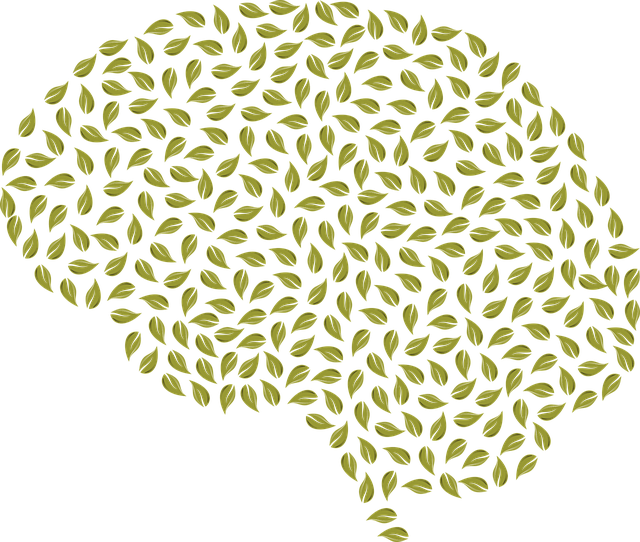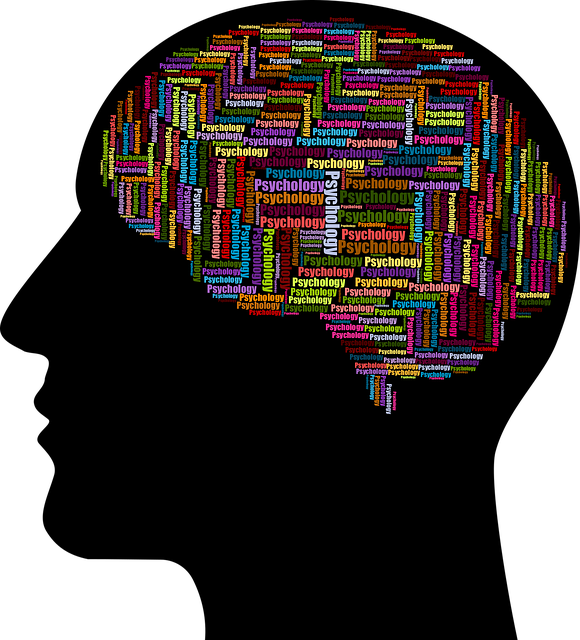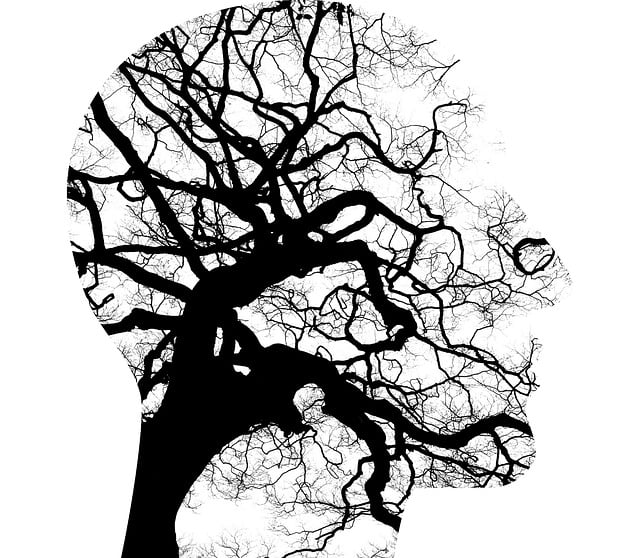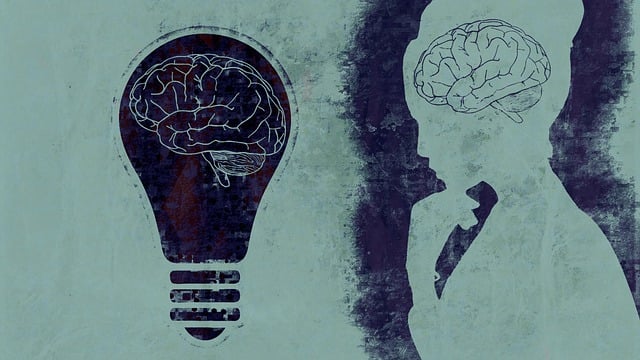Understanding Mental Health Data is crucial for providing effective support, requiring diverse data collection methods like structured interviews, surveys, and self-reports. After organizing and cleaning the data, advanced statistical methods and machine learning can uncover hidden patterns and insights, such as triggers or common themes among trauma victims seeking therapy through Littleton Abuse Survivors Therapy (LAST). This analysis contributes to tailoring interventions, understanding population mental wellness, and guiding risk management planning. Tracking trends over time through journaling enhances services and resource allocation. For LAST survivors, a data-driven approach reveals unique challenges, enabling professionals to design targeted, empathetic care and evidence-based practices, fostering resilience and healing at individual and community levels.
Mental health data analysis is a powerful tool for understanding and supporting individuals, especially those who have survived abuse. This article explores the process of collecting, preparing, and interpreting mental health data, focusing on strategies relevant to Littleton abuse survivors. By uncovering patterns and insights, we can develop effective therapy approaches tailored to their unique needs. Through data-driven analysis, we aim to enhance support systems and improve outcomes for this vulnerable population, offering a promising path forward in Littleton abuse survivors therapy.
- Understanding Mental Health Data: Collecting and Preparing the Information
- Analyzing and Interpreting Patterns: Uncovering Insights and Trends
- Applying Findings: Strategies for Effective Support and Therapy in Littleton Abuse Survivors
Understanding Mental Health Data: Collecting and Preparing the Information

Understanding Mental Health Data is a crucial first step in providing effective support and treatment. Collecting mental health data involves gathering comprehensive information about individuals’ experiences, behaviors, and emotional states. This process often includes structured interviews, surveys, and self-reports, ensuring privacy and confidentiality. The data collected should be diverse, encompassing various aspects of mental well-being, such as symptoms, coping mechanisms, social dynamics, and environmental factors. For instance, a Community Outreach Program Implementation by Littleton Abuse Survivors Therapy (LAST) may involve data collection from survivors to understand their unique needs and preferences for support services.
Preparing the collected data involves organizing and cleaning it to ensure accuracy and consistency. This step is critical in Mental Health Data Analysis as it allows researchers and therapists to identify patterns, trends, and correlations that can inform therapy strategies. For example, analyzing communication strategies used by LAST’s therapists with survivors could reveal effective approaches for engaging and supporting clients, which could subsequently be applied more broadly to prevent burnout among healthcare providers implementing similar programs, including Burnout Prevention Strategies.
Analyzing and Interpreting Patterns: Uncovering Insights and Trends

Analyzing and interpreting data from mental health records is a powerful method to uncover hidden patterns and insights. By employing advanced statistical techniques and machine learning algorithms, professionals can identify trends and correlations within large datasets. For instance, a close examination of patient records at Littleton Abuse Survivors Therapy (LAST) might reveal specific triggers or common themes among individuals seeking therapy for trauma-related issues. This process is crucial for developing targeted interventions and personalized treatment plans.
Through data analysis, mental health professionals can gain valuable knowledge about population mental wellness. For example, a study could identify risk factors associated with anxiety disorders in adolescents, helping to inform Risk Management Planning for Mental Health Professionals. Additionally, analyzing trends over time through Mental Wellness Journaling Exercise Guidance can showcase the effectiveness of certain therapeutic approaches or public awareness campaigns (Public Awareness Campaigns Development). Such insights are essential for improving mental health services and ensuring that resources are allocated effectively.
Applying Findings: Strategies for Effective Support and Therapy in Littleton Abuse Survivors

For Littleton abuse survivors, applying findings from mental health data analysis can significantly enhance support and therapy strategies. By understanding the unique challenges and trauma faced by this population, healthcare professionals can tailor interventions that address specific needs. This involves incorporating evidence-based practices and coping skills development tailored to the experiences of survivors. Enhancing mental health awareness among service providers ensures they are equipped to offer empathetic and specialized care.
Effective therapy for Littleton abuse survivors requires a comprehensive approach. Mental health policy analysis and advocacy play a crucial role in ensuring resources and services are accessible and aligned with the needs of this vulnerable group. Supporting survivors’ recovery involves not just individual therapy but also community-level interventions that foster resilience and promote healing.
Mental health data analysis is a powerful tool for understanding and supporting individuals, especially those who have experienced trauma like abuse. By carefully collecting, analyzing, and interpreting data, we can uncover hidden patterns and trends that guide effective strategies for therapy in Littleton Abuse Survivors. This approach ensures that support services are tailored to meet the unique needs of this population, fostering healing and recovery. Through data-driven insights, we can revolutionize care, providing hope and improved outcomes for those who need it most.














